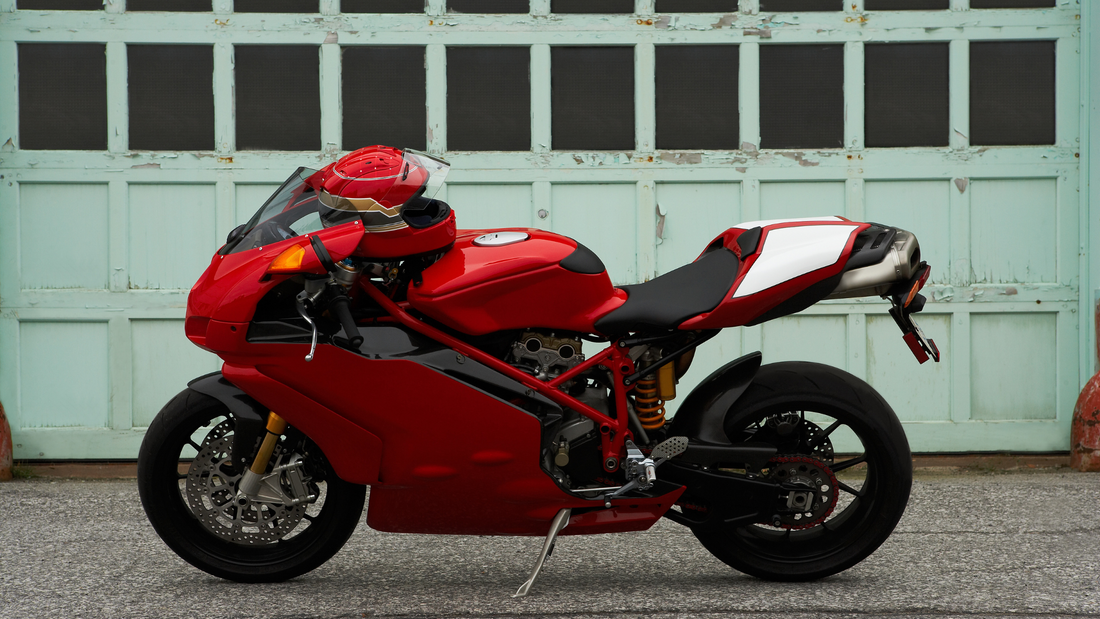The Science of Motorcycle Aerodynamics: How Design Influences Performance
Motorcycles, those two-wheeled marvels of engineering, are not just about horsepower and engine displacement. At the heart of every speed record shattered and every corner smoothly navigated lies an often-overlooked hero: aerodynamics. The science of how air interacts with moving objects is crucial in the design of motorcycles, influencing everything from speed to fuel efficiency and stability. In this post, we'll explore the principles of aerodynamics as they apply to motorcycles and discuss how design elements can optimize performance for different riding styles.
Introduction to Motorcycle Aerodynamics
At its core, motorcycle aerodynamics is about reducing the resistance an object encounters as it moves through air, known as drag. Less drag means the engine doesn't have to work as hard to maintain or increase speed, leading to better fuel efficiency and faster acceleration. But there's more to aerodynamics than just speed. Good aerodynamic design also improves a motorcycle's stability, making it easier to handle at high speeds and in windy conditions.
Principles of Aerodynamics in Motorcycles
Drag Reduction and Streamlining
Drag is the enemy of speed. Motorcycles face two types of drag: form drag and skin friction. Form drag is caused by the shape of the motorcycle and how it displaces air, while skin friction is due to the air's viscosity rubbing against the motorcycle's surfaces. Streamlining the shape of the motorcycle reduces form drag, while smooth surfaces can help minimize skin friction.
Wind Resistance and Airflow Management
Wind resistance increases exponentially with speed, meaning that as a motorcycle accelerates, it requires significantly more power to overcome the air pushing against it. Designers use wind tunnels and computational fluid dynamics (CFD) to study air flow around motorcycles, allowing them to make adjustments that guide air smoothly around the rider and machine, thus reducing wind resistance.
Motorcycle Design Elements and Aerodynamics
Fairings
Fairings are perhaps the most visible aerodynamic feature on sport and racing motorcycles. These body panels cover the frame and engine, presenting a unified, streamlined front to the air. By directing airflow around the motorcycle and rider, fairings reduce drag and can significantly improve top speed and acceleration.
Windshields
Windshields play a crucial role in airflow management, especially for touring motorcycles designed for long-distance comfort. A well-designed windshield can deflect air around the rider, reducing fatigue caused by wind pressure and noise.
Body Shape
The overall shape of a motorcycle, including its seating position, handlebar height, and even the rider's gear, affects aerodynamics. Racing bikes often feature a crouched riding position, allowing the rider to tuck in closely behind the fairing, minimizing the bike's frontal area and thus reducing drag.
Insights from Experts
Design engineers in the motorcycle industry continuously experiment with new materials, shapes, and technologies to push the boundaries of aerodynamics. For instance, active aerodynamics, where elements like winglets adjust to optimize performance at different speeds and angles, are becoming more common.
One engineer noted, "The challenge isn't just in making a bike go faster; it's about ensuring it remains stable and controllable at speed. Aerodynamics plays a critical role in achieving that balance."
Conclusion
Aerodynamics is a critical factor in motorcycle design, influencing not just speed and acceleration but stability and fuel efficiency as well. Through careful consideration of design elements like fairings, windshields, and overall body shape, manufacturers can create motorcycles that cut through the air more efficiently, offering riders a blend of performance and comfort. As technology advances, we can expect even more innovative solutions to the age-old challenge of moving quickly and efficiently through the air, proving once again that in the world of motorcycle design, the air is just as important as the road beneath the wheels.


